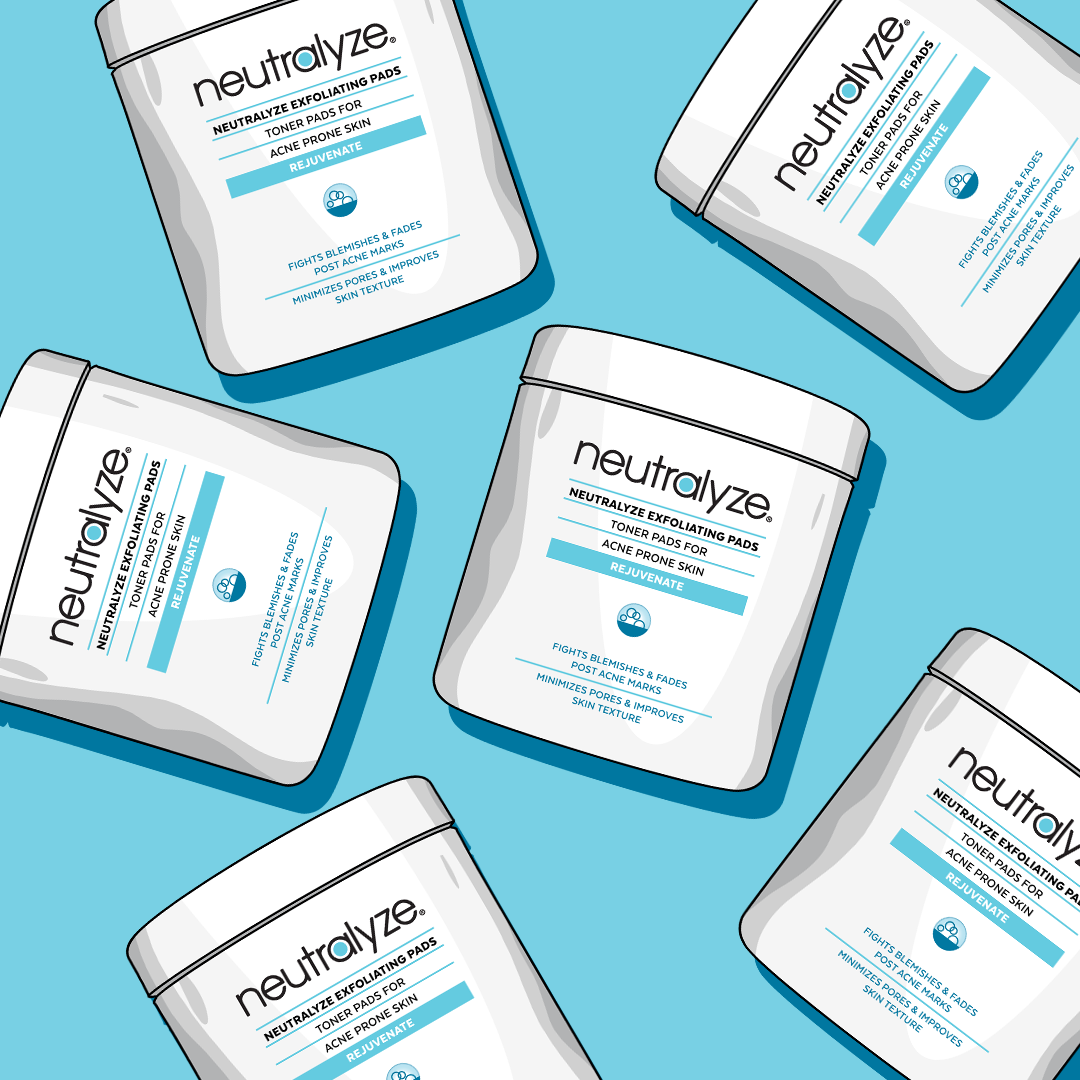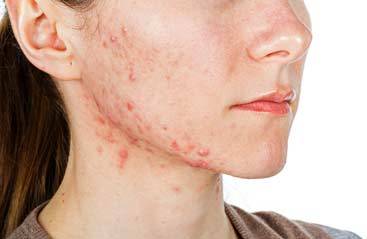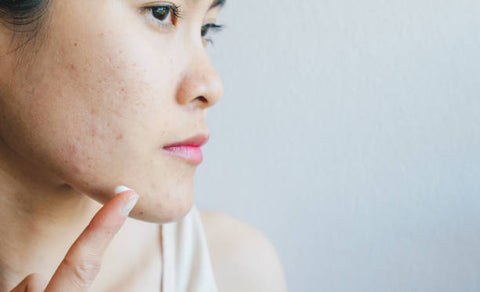The DOs and DON’TS of Skincare: What Ingredients Should You Use and Avoid?

Everyone should read the ingredients list of skincare products before making a purchase. No matter what product it is, you need to make sure it has safe, non-toxic ingredients. However, these ingredients can read like a foreign language if you’re new to the world of skincare.
In the U.S., about 12,500 chemical ingredients are approved for use in cosmetics. If you’re a novice, you wouldn’t know where to begin. Looking for safe, non-toxic ingredients isn’t as easy as picking labels with “natural” and “green.” Because there’s no government agency responsible for regulating cosmetics and beauty brands, these labels tend to be unreliable.
The Food and Drug Administration (FDA) isn’t responsible for confirming claims like “100% organic.” It doesn’t even have the power to recall harmful cosmetic products. It is, therefore, up to the consumers to do educate themselves on the dangers and benefits of chemicals in skincare products.
Here, we breakdown the most common ingredients used in skincare to help you make well-informed decisions for your skin.
What Ingredients are Typically Used in Skincare?
A woman uses an average of 12 beauty products every day, which contain roughly 168 chemical ingredients. Men use fewer products, which amount to about 85 chemicals each day.
Each skincare product contains a unique blend of ingredients. Formulas may vary per product, but they usually combine four key components: water, emulsifiers, preservatives, and thickeners.
Water makes up the foundation of nearly every cosmetic product on the market. It’s often used to dissolve other ingredients or to make emulsions. Ingredients that are used to bind unlike substances like oil and water are called emulsifiers. Preservatives prevent bacterial and fungal growth. They also extend a product’s shelf life. As for thickeners, they make the product’s consistency appealing to customers.
Ingredients to look for
Skincare products can consist of naturally occurring or artificial ingredients. According to a 2017 Women’s Facial Skincare Consumer report, women are now more selective than ever when it comes to the ingredients of their skincare products—and for good reason.
Here are some of the ingredients you should look for:
- Alpha-hydroxy acid
- Hyaluronic acid
- Salicylic acid
- Retinoids
- Niacinamide
Ingredients to avoid
Sometimes, beauty products contain potentially harmful chemicals. Even in small doses, these chemicals may cause unwanted side-effects, especially given long-term use. Some of the most common reactions involve inflammation and allergic reactions on sensitive skin; others yet may disrupt your hormones and increase the risk of cancer.
Here are some of the ingredients you should avoid:
- Fragrances
- Phthalates
- Sulfates
- Parabens
- Mineral oil
What Can These Ingredients Do?
These substances are some of the most common chemical ingredients in skincare products. We’ll delve into their effects on your skin.
Alpha-hydroxy acids (AHA)
AHAs have become increasingly popular in anti-aging products. They can reduce the appearance of fine lines and wrinkles. They can minimize age spots, as well as shrink pores. Although AHAs are safe, they can cause skin irritation for first-time users.
You might want to start with products containing 10 to 15 percent AHA. Apply the product every other day until your skin gets used to it. AHAs might make your skin a bit more sensitive to the sun, so be sure to apply sunscreen every morning.
Hyaluronic acid
Also used to fight the signs of aging, hyaluronic acid can hydrate your skin and restore its firmness. It gives your skin much-needed protection from environmental stressors. Best of all, it’s generally suitable for all skin types.
Topical treatments with hyaluronic acid can soothe redness and dermatitis. It can also reduce fine lines and wrinkles.
Salicylic acid
For sun-damaged skin, salicylic acid improves texture and removes dead skin cells. It is less irritating than alpha-hydroxy acids, and it delivers the same results.
Salicylic acid can get into your pores, then prevent them from clogging up with dead skin cells and oil. It prevents future breakouts and helps active pimples heal faster. It is ideal for blackheads and whiteheads. Although it is safe to use, it may cause minor skin irritations when you first start using it, especially if you have sensitive skin.
Retinoids
Retinoids such as retinol and retinal aldehyde are used to treat acne, scarring, and pigmentation. They can improve your skin tone and texture.
Derived from Vitamin A, retinoids are also used in anti-aging skincare. They can promote the production of collagen which, in turn, minimizes fine lines and wrinkles. You can also use them to get rid of age spots and smoothen rough patches.
Niacinamide
Formulas that contain niacinamide can protect your skin from free radicals caused by pollution, toxins, and sunlight. Niacinamide builds keratin, which is a type of protein that is essential to skin health.
Niacinamide is used to treat severe acne with papules and pustules, as well as other forms of inflammation. If you're prone to eczema, you can also use it to ease redness. It is safe for sensitive skin, but as with other ingredients, start applying lower concentrations to start with.
Fragrances
Scents tend to influence consumers’ buying decisions. Brands often use natural or synthetic ingredients to add pleasant scents or mask foul chemical odors in their products.
Exercise caution when you’re putting on scented skincare solutions. That’s because some beauty products contain synthetic fragrances that trigger skin irritations and allergies. If your skin is sensitive, it’s important to avoid scented products, especially when you don’t know if the fragrances used are natural or synthetic.
Phthalates
Another group of chemicals common in cosmetics is phthalates. They come in 20+ forms, with varying structures and toxicity profiles. Some forms have been linked to cancer and reproductive birth defects, which is why the US and EU have banned certain types of phthalates. But most forms of phthalates aren’t regulated by the FDA, as they don’t recognize phthalates as potential health risks.
Sulfates
Sulfates are commonly found in liquid soaps. They can clog up pores and irritate the skin, even more so if you have skin sensitivities. Even though beauty products contain sulfates in small concentrations, this type of chemical tends to build up in your body. The more you use them, the higher your risk of irritation. Since sulfates aren’t essential to beauty care, it’s best if you can avoid them entirely.
Parabens
In some beauty products, parabens are used as preservatives. They come in various forms, including methylparaben, propylparaben, butylparaben, isobutylparaben, and ethylparaben. Over the years, there have been conflicting reports about the effects of parabens on human health, which is why these chemicals haven’t been banned, regardless of concerns they’ve raised among consumers.
Parabens are more cost-effective than other preservatives. They’re also highly effective at preventing bacteria and mold buildup. As such, they’re popular ingredients in commercial beauty and body products. But due to growing concerns about their risks, many beauty brands have chosen to err on the side of caution by offering paraben-free products instead.
Mineral Oil
Mineral oil is a type of hydrocarbon like paraffin. This petroleum by-product coats your skin and makes it feel silky smooth. Unfortunately, it can clog up your pores and promote acne. If it’s combined with paraffin, it can damage your skin’s natural protective barrier, which protects you from free radicals.
Beauty brands usually add mineral oils to moisturizers to boost the appearance of dry skin. Since these chemicals have large molecular structures, they aren’t fully absorbed by your skin. In order for moisturizers to work on your skin, the product shouldn’t just rest on the surface of the skin.
You can determine if a moisturizer is right for your skin type by gently tapping on your face five minutes after applying the product. If it still feels heavy, oily, or greasy on your fingers, then you might be better off with a lighter and gentler moisturizer.
The Best Skincare Ingredients for Every Skin Condition
Whether you have acne, redness, pigmentation, or fine lines, there’s a myriad of skincare ingredients out there that will treat your skin condition.
Combination skin
If your T-zone is shiny while the rest of your face is dry, then you most likely have combination skin. You can apply ingredients that work well on all skin types, such as Vitamin C. You can use it on both the oily and dry areas of the face.
Hydration is essential to all skin types and conditions. For combination skin, it’s important that you keep your skin hydrated without introducing extra oils to your T-zone area to prevent your pores from clogging up. Hyaluronic acid is ideal, as it brings moisture to your skin’s surface. You can exfoliate with glycolic acid. However, if your skin is on the sensitive side, use gentler alternatives like lactic acid or mandelic acid.
Aging skin
Aside from adding sunscreen, hydroxy acids or niacinamide can help you combat the early signs of aging. They can minimize fine lines and wrinkles, giving your skin that healthy, youthful glow. You can combine them with Vitamin C to protect your skin from sun damage and other environmental stressors that age your skin.
Glycolic acid, which is a type of AHA, is also a powerful anti-aging ingredient. You can find it in a lot of exfoliating toners, cleansers, and creams. These over-the-counter solutions usually contain 5 to 7 percent glycolic acid. You can use it a few times per week to keep your skin youthful. Moreover, an AHA can enhance your skincare regimen, as it allows your skin to absorb other products more effectively.
Red and irritated skin
For red and irritated skin, avoid harsh chemicals, especially fragrances and alcohols as these can aggravate your flareups and make your skin even more sensitive. Instead, tone your skin with ceramides or hyaluronic acid.
Occasionally, you can exfoliate using a salicylic acid exfoliant.
As mentioned, niacinamide can keep redness at bay. Whether it’s from rosacea, eczema, or acne, niacinamide can effectively reduce redness and inflammation.
Acne-prone skin
If you’re looking for acne solutions, salicylic acid, which is a type of beta-hydroxy acid, can help you prevent future breakouts. It exfoliates the skin, keeping the pores clean from acne-causing bacteria. Salicylic acid is ideal for mild acne, blackheads, and whiteheads. If you have severe acne, you might want to use over-the-counter niacinamide products.
Choosing the Right Skincare Ingredients
Despite all-natural and non-toxic claims, brands aren’t always transparent about the ingredients they use in their beauty products. Sometimes, harmful ingredients come in the form of phthalates and parabens, which are groups of chemicals that have been linked to various health concerns.
As a consumer, you can protect your skin and your health by educating yourself about skincare.
Taking skincare ingredients into consideration can help you achieve smooth, healthy, glowing skin. Make sure to check the ingredient lists of the products you’re looking into. No matter your skin condition, ideally, you should choose safe, non-toxic components that will bring out the best in your skin.


